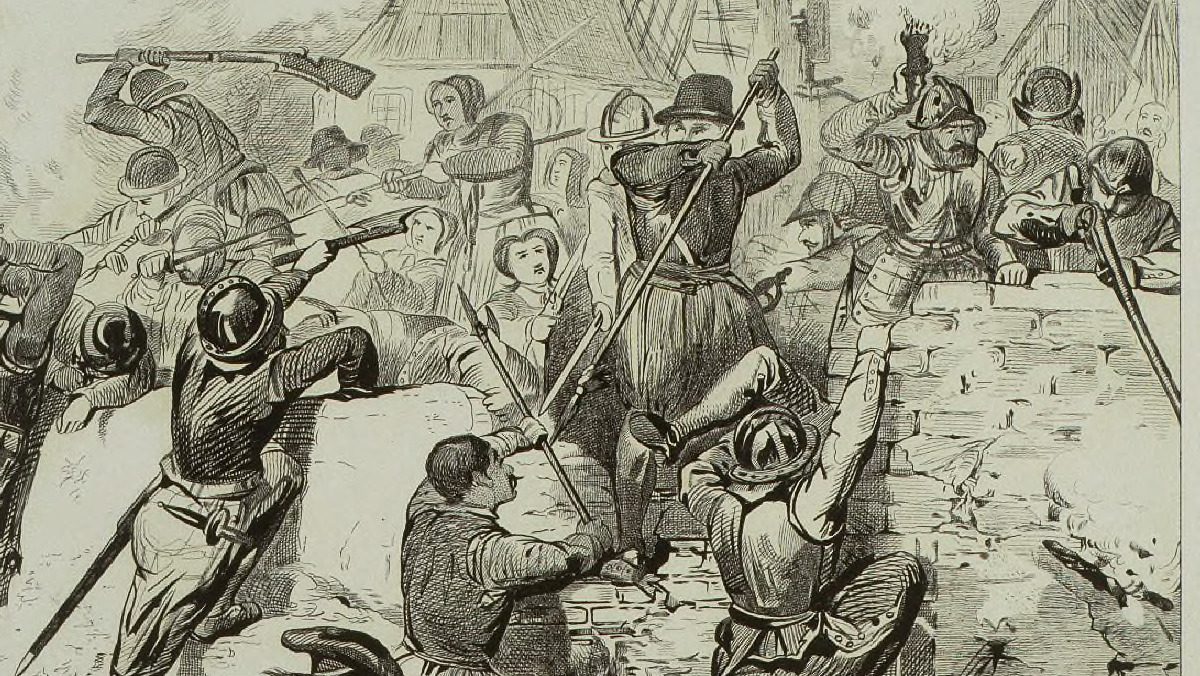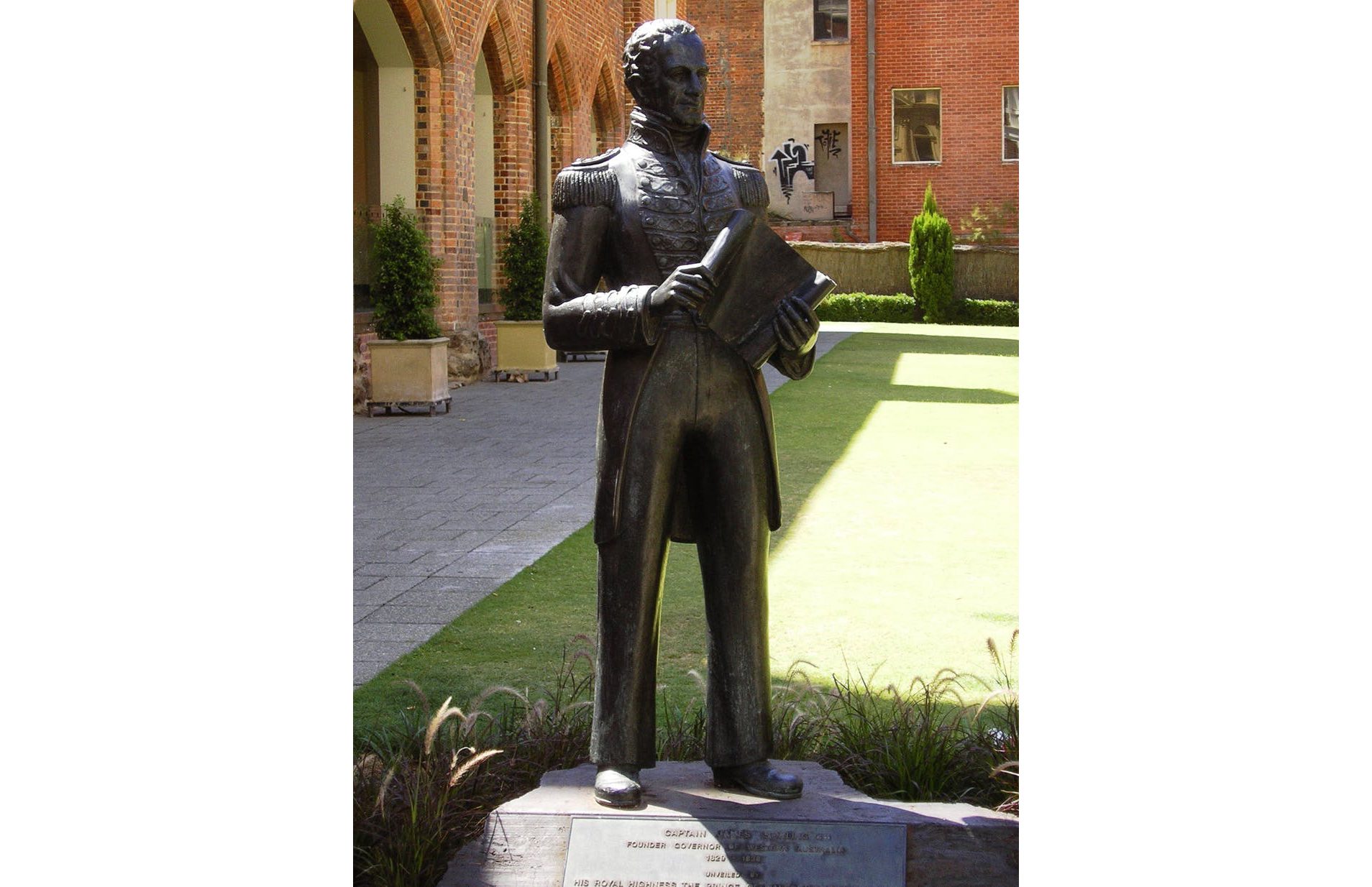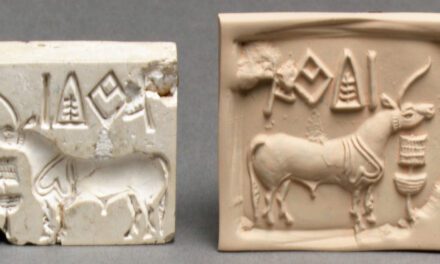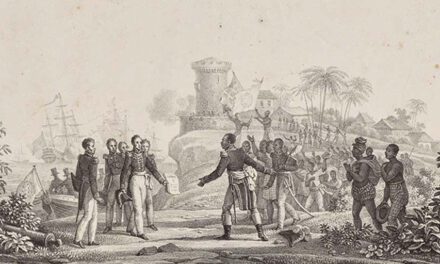Reading time: 5 minutes
The Dutch Revolt, the conflict that created an independent Netherlands free from Spain, also created a lot of legends around events and people, placing them firmly in the shared consciousness. One of the more interesting of these people is Kenau Simonsdochter Hasselaar, a woman who played an important part in the ultimately failed defence of the city of Haarlem.
By Fergus O’Sullivan
In 1572 the revolt by the Dutch against their Spanish overlords was in full swing: incensed by high taxation as well as the oppression of Protestants, many Dutch cities threw in with a rebellion that wanted to create an independent state in the Low Countries (find out more more about how the Revolt helped create the Dutch colonial empire). In reaction, the Spanish king, Philip II, sent the Duke of Alva to restore order to the Netherlands.
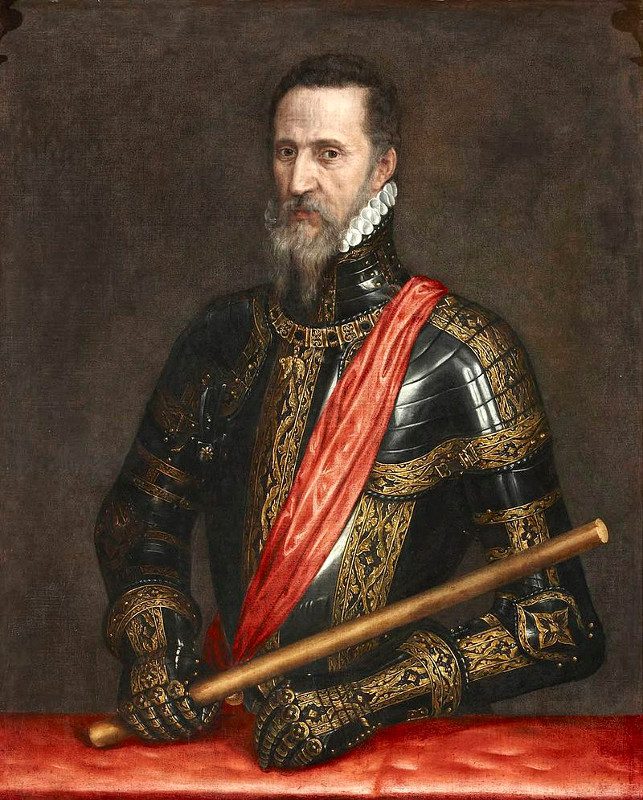
Alva’s predecessors had used a fairly gentle approach, but Alva didn’t want any part in that: he instituted the dreaded Inquisition in the Low Countries and imposed brutally high taxation. When these measures only made matters worse, Alva decided on a punitive expedition that would eventually take him from the south of the Spanish Netherlands all the way to Alkmaar, in the north of Holland; Haarlem would be just one stop.
The message of Alva’s army to the cities they visited was simple: submit or suffer. The suffering was exemplified by the fates of cities like Mechelen (known as Malines in French) in present-day Belgium and Naarden, a town just to the east of Amsterdam. Both refused to submit, were besieged and, when the defence inevitably fell, were plundered and burnt to the ground.
Such brutal tactics created a lot of bad blood in the Netherlands, but seeing how weak the rebellion was for now, many cities decided discretion was the better part of valour and surrendered when they saw Alva’s troops show up. Not so Haarlem, however, where the commander of the city guard — Wigbolt van Ripperda, a martial legend in his own right — staged a coup of the city and told the Spanish there would be no surrender.
For the details of that, as well as a general overview of what happened during the siege, check out this animated video:
The Siege and Kenau
This is where Kenau comes in: as the above video mentions, she ran her late husband’s shipyard, which was situated on the river. It’s probably safe not to picture massive threemasters, though: most likely the fleets Kenau produced were flat-bottomed riverboats, not ocean-faring vessels. This gave her access to something that comes in very handy during a siege: wood.
As the owner of a shipyard, Kenau probably had huge amounts of lumber lying around which the defenders could use to build barricades and erect scaffolding to keep their walls from buckling. As the person who ran the shipyard, it seems plausible that Kenau was in charge of moving the lumber and helping repair the walls.

Kenau is often portrayed as a large woman, as physically imposing as any man, and in pictures usually has weapons in hand. Whether she used those weapons herself remains the question, however. While popular history, like the eponymous 2014 film (check out the trailer here), likes to show her fighting boldly on the walls, sometimes even at the head of a platoon of women, this is likely not the case.
The sources of the era only mention that Kenau was exemplary in helping fix the walls during lulls in the fighting and mentions nothing about her grabbing a sword and mixing it up with the Spaniards. Though it is of course possible, most likely the image of Kenau as warrior comes from tall tales meant to stir up patriotic feeling among the Dutch.
The Siege’s Aftermath
It also gave a heroic sheen to the siege of Haarlem, which was badly needed. In the end there was little to celebrate as the city surrendered to the Spanish forces due to hunger and the failure of the rebel forces to break the siege from outside. Fear of infectious diseases may also have played a part.
The terms of the surrender were good, though, by Spanish standards: most citizens were allowed to leave, except for about 1500 of the city’s defenders who were either beheaded or tied in twos back-to-back and thrown into the river.
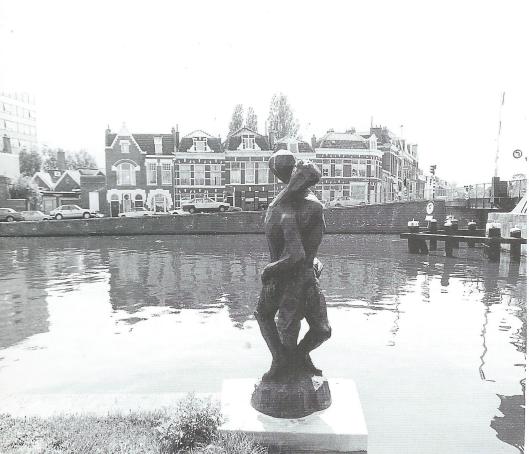
Kenau was one of the survivors, leaving Haarlem and restarting her business elsewhere. Her end remains a mystery, though her legend only grew: while in some sources she is still mainly described as being somebody who helped defend the city by fixing the walls, in others she is reported as standing at the head of 300 women who defended the city with bloody blades.
As usual, the better story won out in the end and this image of Kenau the fighter passed into the Dutch consciousness. However, the legacy is bittersweet: while she is seen as a heroine in some ways, an imposing, bullying women is to this day called a “Kenau.” Not the nicest way to remember a hero, really…
Articles you may also like
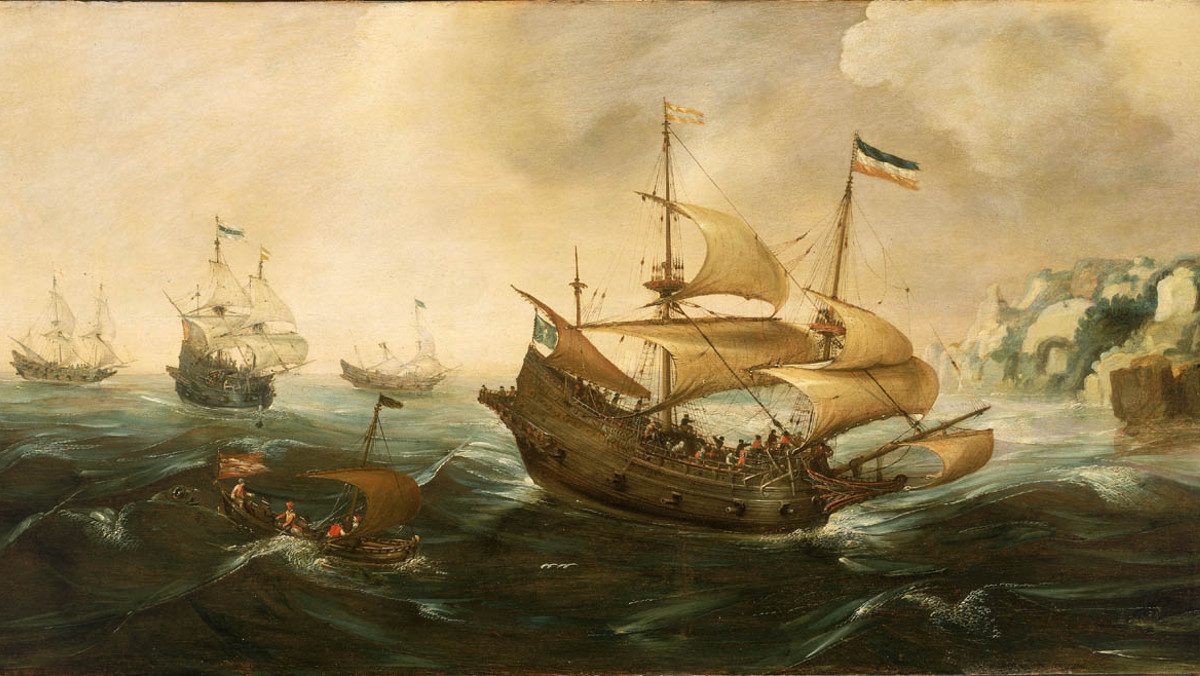
How War with Spain Created the Dutch Colonial Empire
The Dutch colonial empire was a large collection of territories that spanned the globe from the Americas to Asia. It held together for about 400 hundred years and made its mother country a fortune, wealth that persists today. What was the reason that the Netherlands, a tiny country with very few natural resources, was able […]
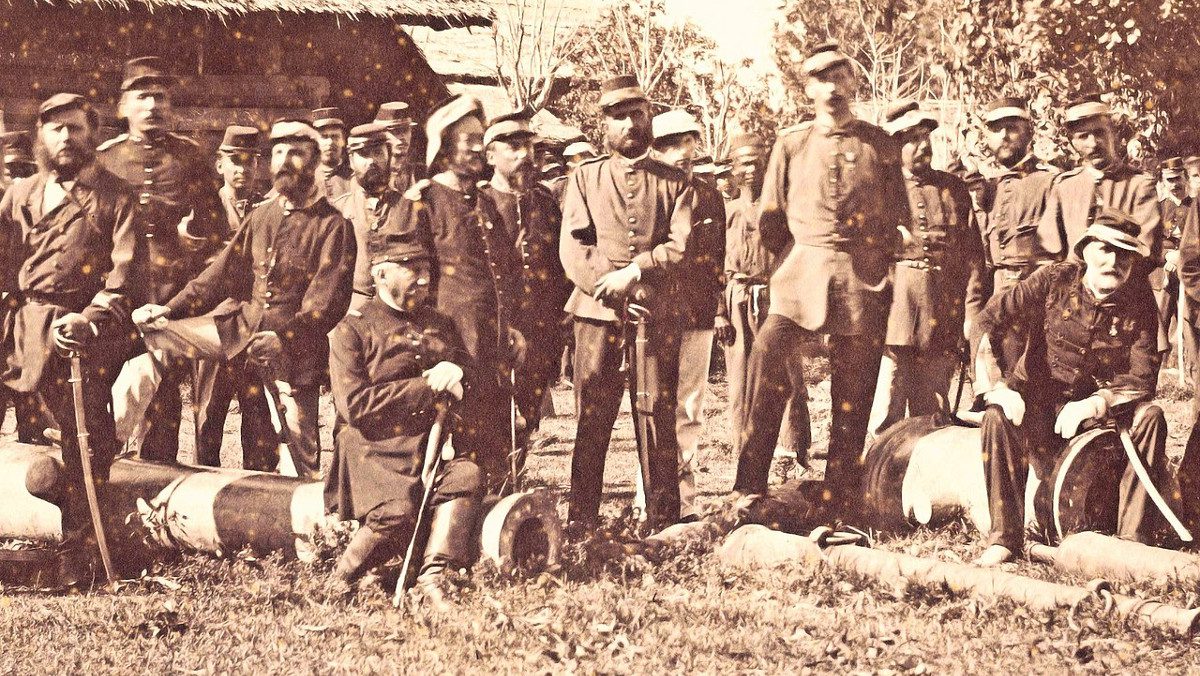
Blood and Pepper: The Aceh Wars
The history of the Dutch East Indies is a blood-soaked tale of war and subjugation in the name of national honour, though in the background it was lucrative spice trade that was the real motivator. In this article, we’ll lift out one particular aspect of this 350-year-long saga, and talk about the Aceh war, one […]
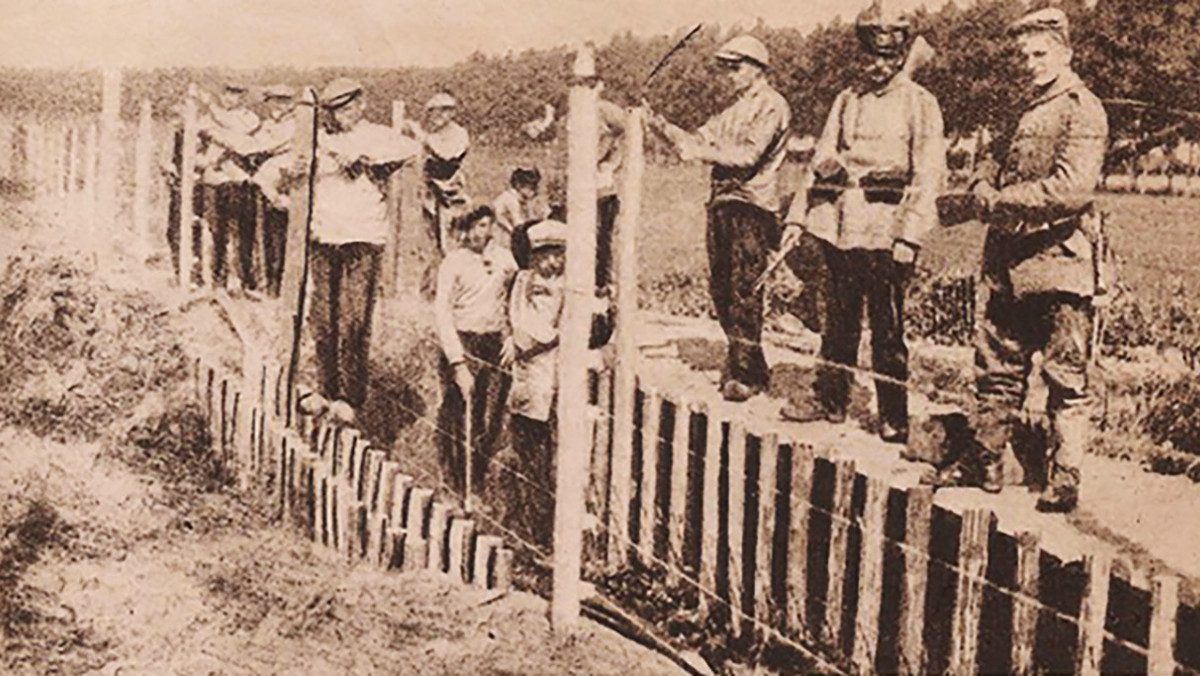
Neutrality At All Costs: The Netherlands in WW1
By Fergus O’Sullivan World War 1 was a conflict that engulfed entire continents and swallowed up whole generations of men. It is the cause of trauma that has stayed with entire nations, even now, more than a century since it ended. However, for some countries the Great War is no more than a footnote in […]

